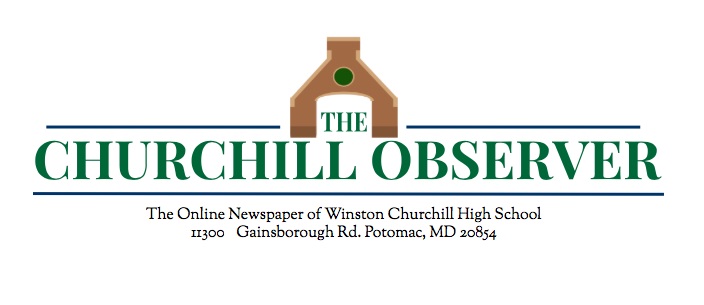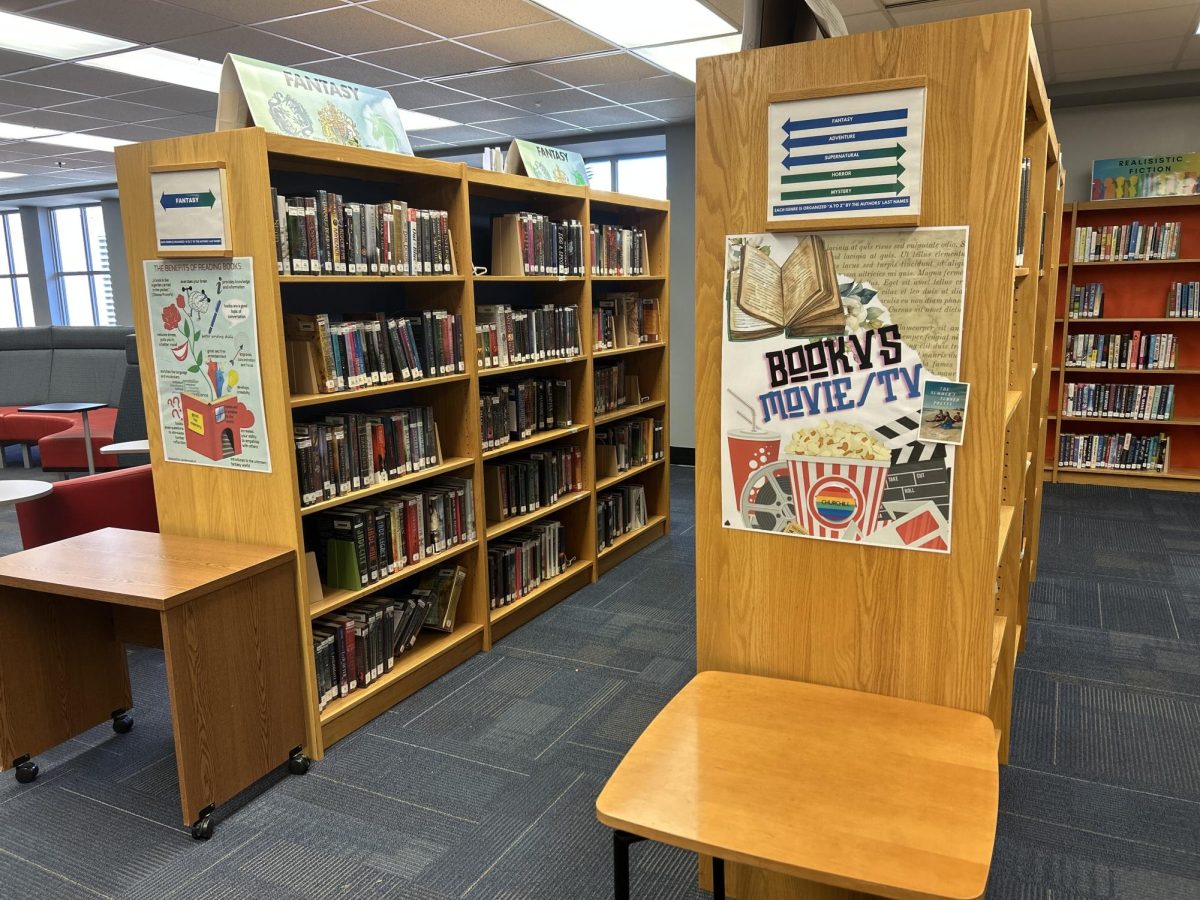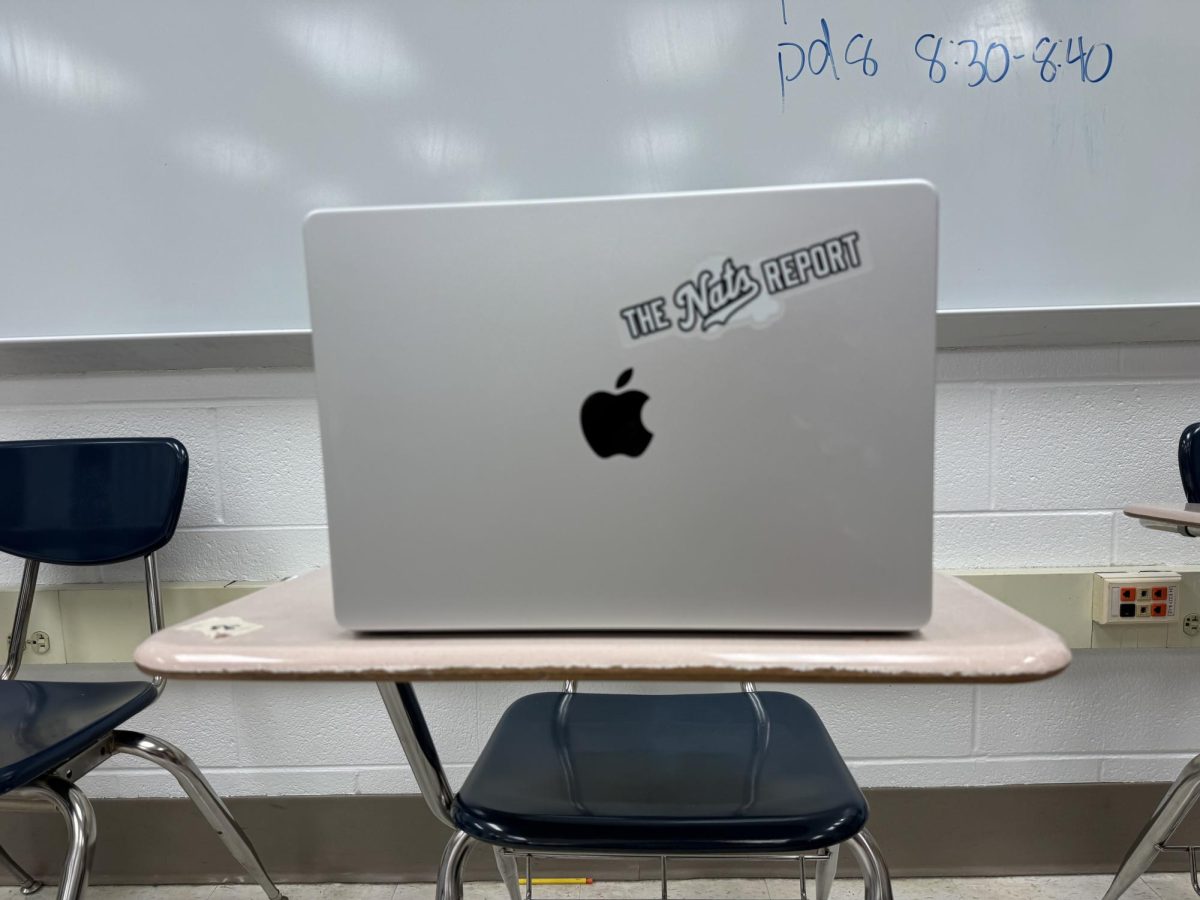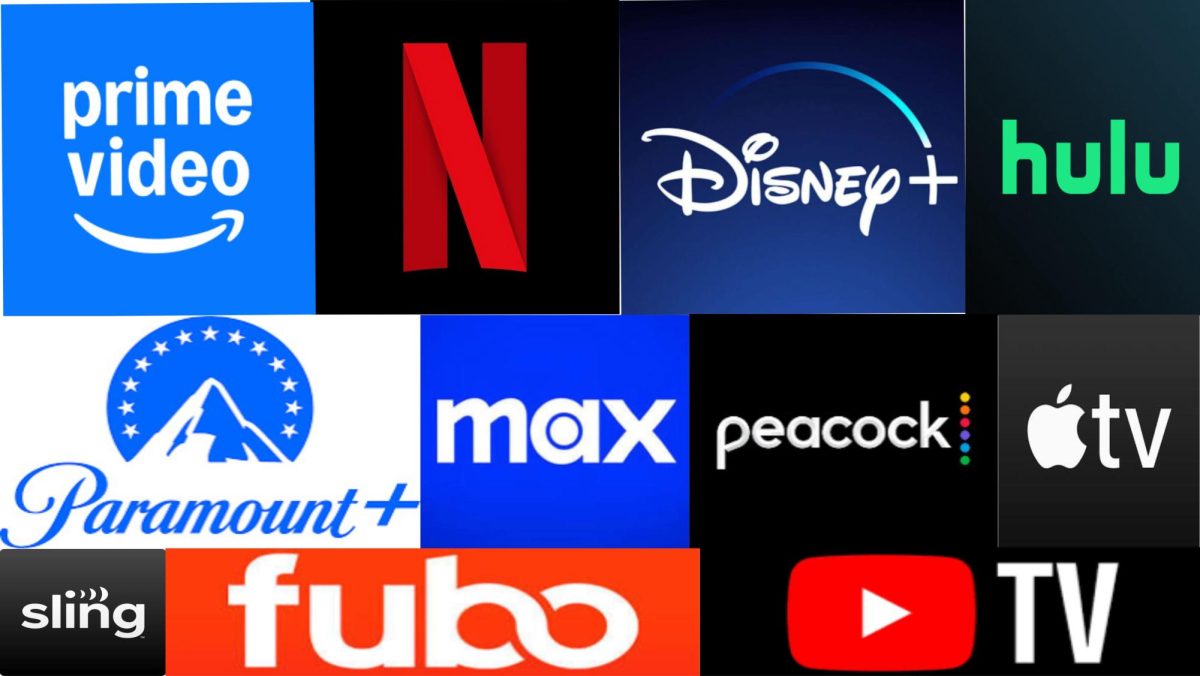Think: how often does the average teen read on their own conviction, for their own enjoyment? It should not come as a surprise that fewer teens are leisurely reading nowadays than they have in the past. According to the American Psychological Association, 60 percent of 12th graders said they read a book or magazine almost every day for enjoyment, but by 2016, only 16 percent did. This decline is more than a matter of preference. Reading affects how teens process information and think critically. However, in the new digital age, teens have countless more options on their phones for what to do in their free time, compared to teens in past generations. Besides screen time, could there be another underlying factor contributing to the decline in teen reading?
In 2007, J.K. Rowling’s Harry Potter and the Deathly Hallows sold over eight million copies on its first day, setting the record for the fastest-selling book of fiction in 24 hours, according to the New York Times. Significant book releases in the past created excitement that drew teens into reading, yet books no longer receive the same excitement from the public–especially youth–as it did in past decades. Last year, in 2024, the fastest-selling book release was Taylor Swift’s The Era Tour Book–a 256-page coffee-table photobook that sold nearly one million copies in its first week, a shockingly low figure compared with the 8.4 million first-day sales of Harry Potter and the Deathly Hallows.
For many teens today, reading is optional because society no longer prioritizes or encourages it as a worthwhile activity. Despite there being, at the very lowest, around four books a year in the curriculum for any given WCHS course, students are not actually pressured to read these books at all. There are limited evaluations of students’ comprehension of the book, besides an occasional test or quiz and discussions or projects often reward participation rather than actual engagement with the text. Even when books are assigned, many students skim through the book, rely on summaries or avoid reading entirely. With an already active workload in school, students do not prioritize reading.
Studies show that the decline in teen reading over the past few years in Maryland has measurable consequences. According to the National Center for Education Statistics, eighth-grade reading levels in Maryland in both 2005 and 2024 were at the average level for students across the entire nation. However, in 2005, the national average reading level was a score of 261, and in 2024, that number dropped to 257. If the state were to score the 2024 reading level in 2005, the state would be well below the national average. Although a four-point drop may seem small, on the NAEP scale it represents a meaningful setback. Maryland has not, in fact, seen a lower negative difference (before 2022) than minus-two, that being in 1992. There is an argument that the digital age has introduced new opportunities for teens to engage with more story-driven content in the form of short-form content on social media, as well as critical thinking skills provided by video games and online debates, yet the argument is clearly disputed, as Maryland and national reading levels clearly show that teens are falling behind in comprehension and vocabulary.
Teens are fully capable of reading, yet its decline can be credited to so much more than just their phones and other distractions. Reading, today, is not promoted as an important and meaningful activity. The cultural importance of reading, shown in the past, has nearly gone away completely. It is important to ensure that literature adapts to meet present-day ideals and interests, while also maintaining its values. By making reading culturally enforced and celebrated, teens can develop true critical thinking, comprehension, and a lasting appreciation for literature.









